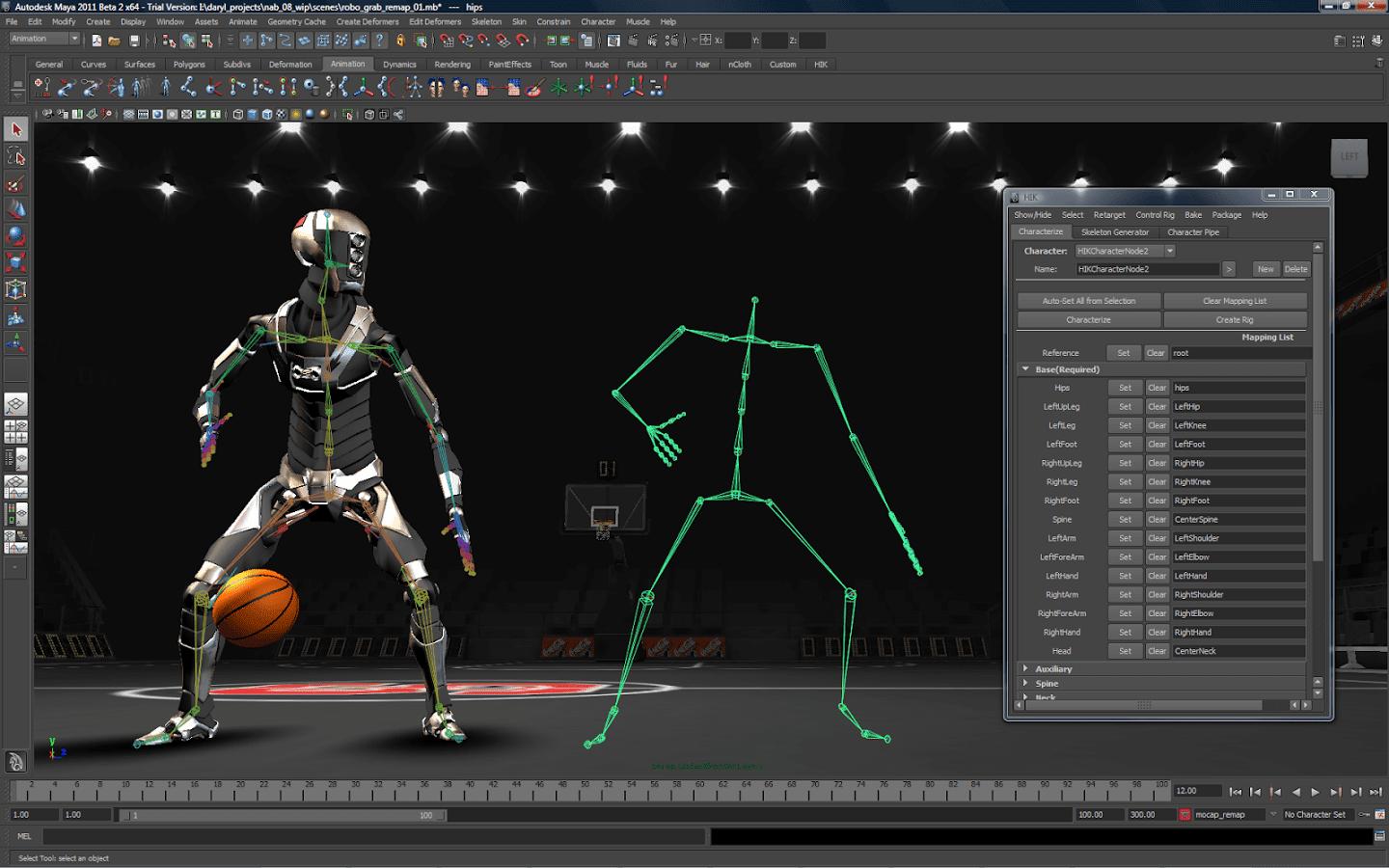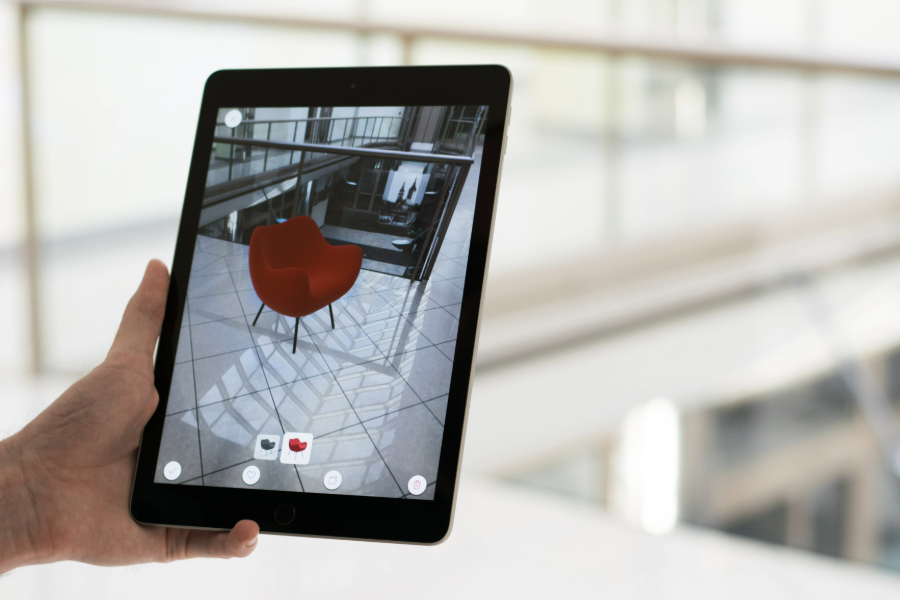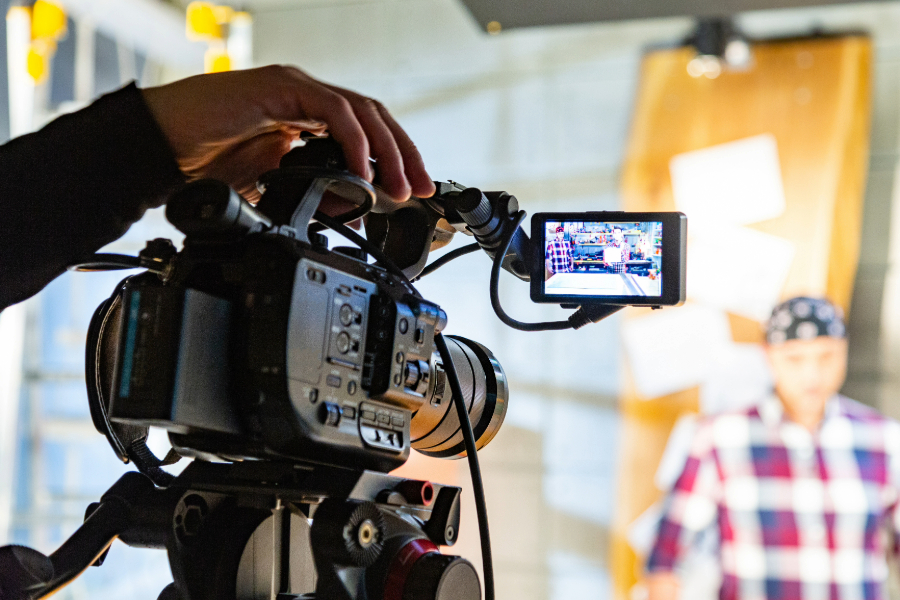Revolutionizing Training for Police, Firefighters, and EMTs
The role of first responders, such as police officers, firefighters, and emergency medical technicians (EMTs), is critical and demanding. As HR and training professionals in these sectors, it’s essential to provide training that is not only effective but also engaging to improve both skills and retention. Enter immersive Extended Reality (XR) – a technology that is transforming first responder training. Learn more about first responder training with immersive XR below.
What is Immersive XR?
Immersive XR encompasses Virtual Reality (VR), Augmented Reality (AR), and Mixed Reality (MR). It creates a simulated or enhanced environment that offers realistic, interactive experiences. For first responders, this means training in lifelike scenarios without the real-world risks.
Why Adopt Immersive XR for First Responder Training?
- Realistic Scenarios, Safe Environment: XR allows trainees to experience intense, real-life situations in a controlled environment. Police officers can practice de-escalation techniques, firefighters can navigate through digital flames, and EMTs can perform emergency procedures, all without the physical dangers.
- Enhanced Learning Experience: Traditional training methods can be limiting. XR provides an interactive platform that can improve learning retention and engagement.
- Customizable Scenarios: With XR, training modules can be tailored to specific needs or situations, offering a range of scenarios that first responders might face in their line of duty.
- Instant Feedback and Assessment: XR systems can track trainees’ performance, providing instant feedback that helps identify areas for improvement.
- Reducing Training Costs: While the initial investment in XR technology might be significant, it can reduce long-term training costs by minimizing the need for physical resources and allowing for repeated practice without additional expenses.
Implementing Immersive XR in First Responder Training Programs
- Understand the Specific Training Needs: Each first responder category has unique training requirements. Understand these needs to implement the most effective XR training programs.
- Choose the Right Technology Partner: Select an immersive XR development company with extensive experience developing XR training solutions for first responders. They should understand the intricacies and demands of these roles and be able to help you strategize for the training needs.
- Pilot Before Full Implementation: Before rolling out an XR training program across the board, conduct a pilot program. Gather feedback from trainers and trainees to make necessary adjustments.
- Integrate with Traditional Training Methods: XR should complement, not replace, existing training methods. It’s crucial to find the right balance between traditional and XR training to ensure comprehensive skill development.
- Measure and Adapt: Regularly assess the effectiveness of XR training. Use data and feedback to continuously improve the training modules for maximum impact.
Adopting immersive XR in training programs is not just about embracing new technology; it’s about providing cutting-edge tools to enhance first responders’ skills, preparedness, and confidence. This approach can lead to more effective training, better performance in the field, and, ultimately, higher employee retention.
Looking for an XR training partner? Learn how Point in Time Studios can help from creative strategy to production.



